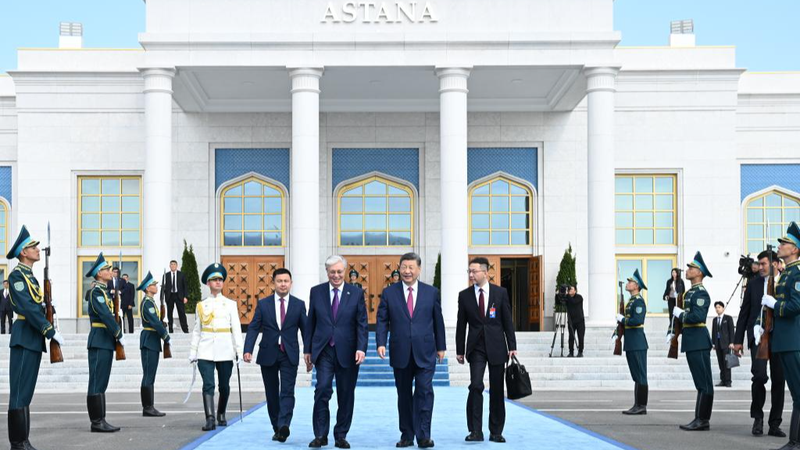The second China-Central Asia Summit in Astana has marked a pivotal shift from strategic consensus to actionable collaboration, with six nations unveiling concrete plans to deepen economic integration and regional stability. Against a backdrop of global geopolitical fragmentation, the summit's outcomes signal a new era of multilateral partnership rooted in mutual development.
Economic Momentum Meets Strategic Vision
Trade between China and Central Asian nations reached a record $94 billion in 2024, creating fertile ground for newly signed agreements on industrial investment, agricultural modernization, and cross-border infrastructure. The China-Kyrgyzstan-Uzbekistan railway project – a long-discussed connectivity initiative – now moves toward implementation, promising to reshape regional trade dynamics.
The 'China-Central Asia Spirit' in Practice
President Xi Jinping's vision of mutual respect and shared prosperity finds practical expression through new cooperation centers addressing poverty reduction, education, and environmental challenges. This approach contrasts with traditional power politics, offering Central Asian states development partnerships that prioritize sovereignty and local needs.
From Xi'an to Astana: Institutionalizing Progress
The Astana Declaration operationalizes commitments made at the 2023 Xi'an Summit, designating 2025-2026 as the "Year of High Quality Cooperation and Development." This institutional framework emphasizes sustainable, technology-driven projects aligned with the Belt and Road Initiative's evolving focus on green development and digital innovation.
Reference(s):
From consensus to action in new era of China-Central Asia relations
cgtn.com








